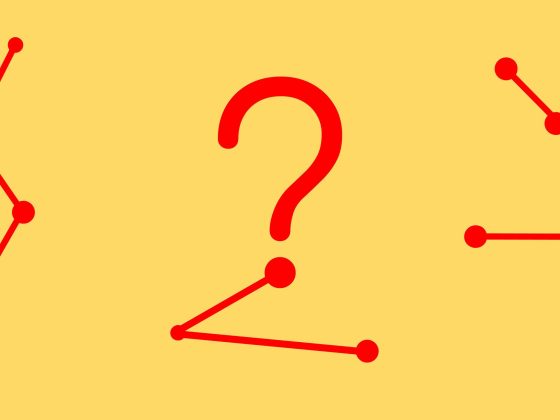Typical Corporate Organisational Hierarchy.
Level 1. Board of Directors.
The highest level in an organisational structure. The board is elected by shareholders and is responsible for the overall governance of the corporation. They set strategic goals, appoint the Chief Executive Officer, and ensure the company meets its legal and fiscal responsibilities.
Level 2. Chief Executive Officer (CEO).
The CEO is the highest-ranking executive and is responsible for making major corporate decisions, managing the overall operations and resources of a company.
Level 3. C-Suite Executives.
This level includes the Chief Operating Officer (COO), Chief Financial Officer (CFO), Chief Information Officer (CIO), Chief Technology Officer (CTO), and others depending on the company. They are responsible for strategic decision-making and managing their respective departments.
Level 4. Vice Presidents (VPs).
VPs oversee a specific department or division, such as Sales, Marketing, HR, etc. They develop department strategy and manage the department’s employees.
Level 5. Directors.
Directors manage a specific area within a department or division, such as PR within the Marketing department or Talent Acquisition within HR.
Level 6. Managers.
Managers supervise a group of employees and are responsible for ensuring that their team meets departmental goals. They often have decision-making authority within their specific area.
Level 7. Individual Contributors.
These are employees who do not have any managerial responsibilities. They can include both entry-level workers and experienced professionals.
Real-world organisations can have variations and additional layers, such as senior and junior VPs, assistant managers, team leads, etc. Moreover, smaller organisations might have fewer levels, while large, multinational corporations might have more. The titles and responsibilities can also vary between organisations and industries.










